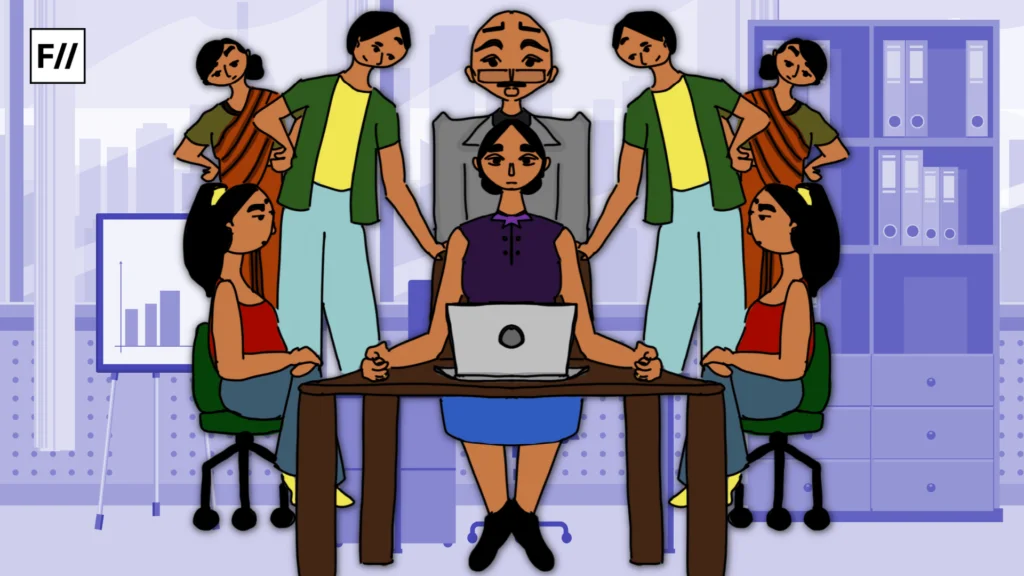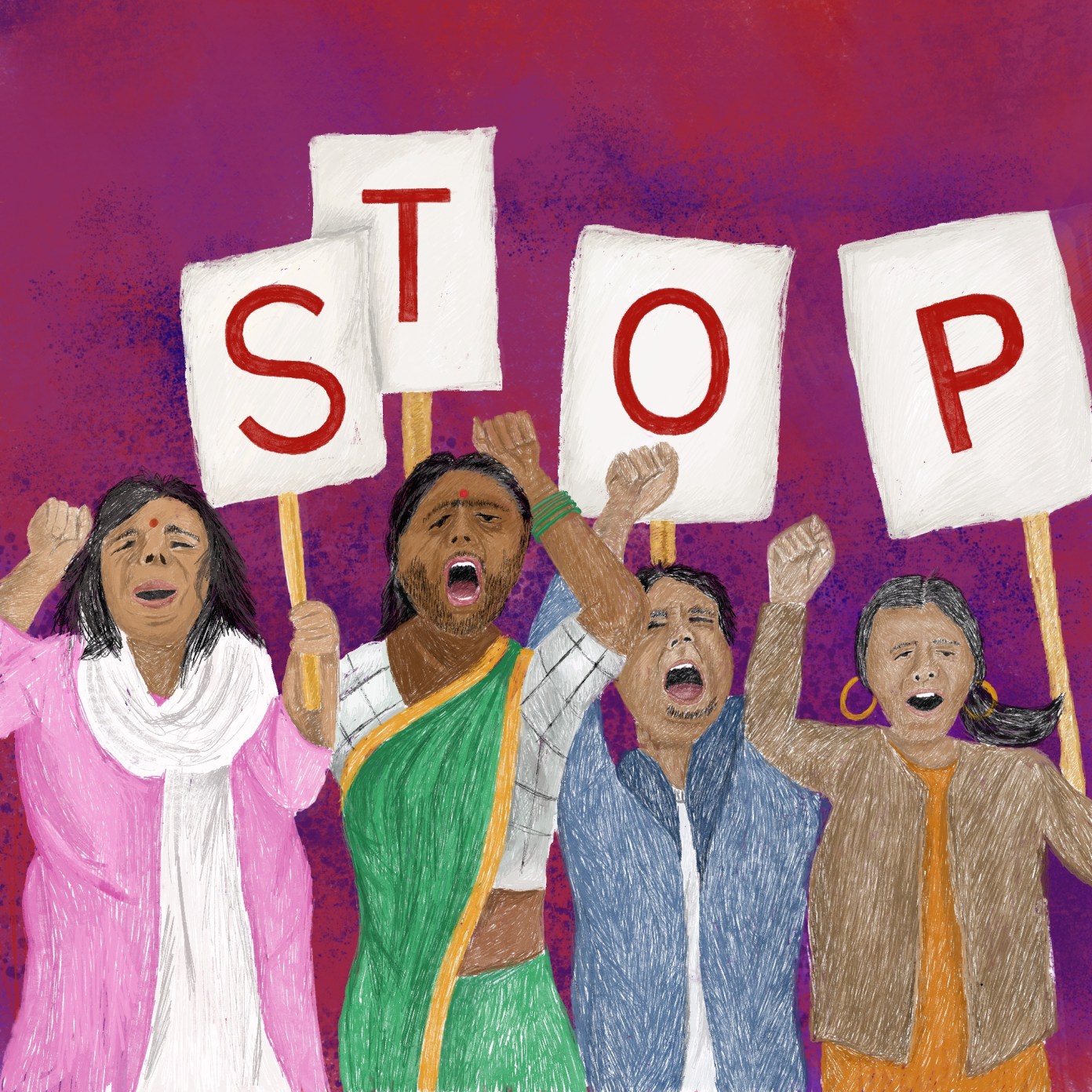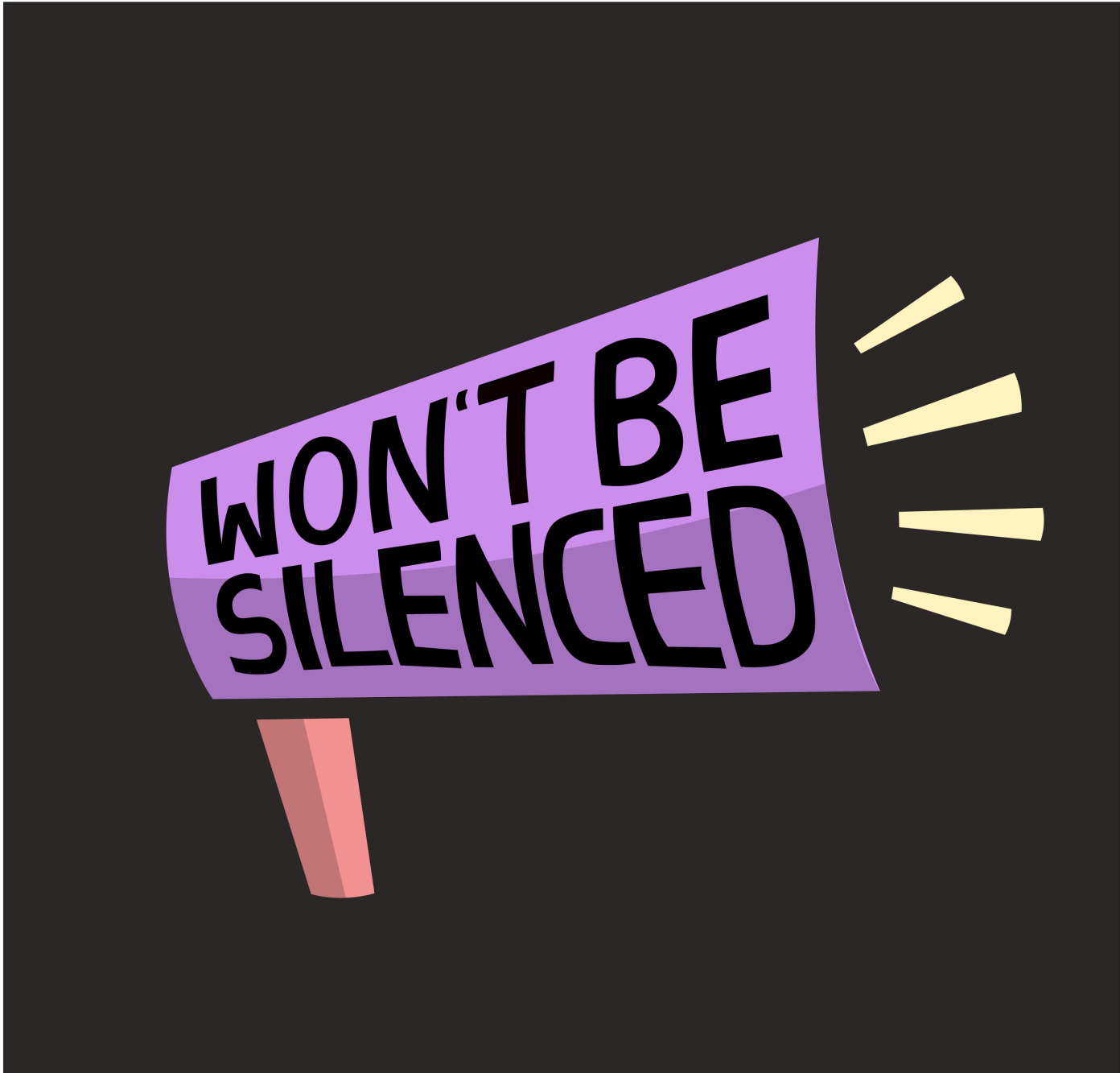25 years have passed since the Supreme Court of India issued the ‘Vishaka Guidelines’ to protect women from sexual harassment at the workplace.
Where participation of men at work in the organised sector in India is 64%, the participation rate of women stands at a minuscule 36% in 2024. Sexual harassment is a critical phenomenon that is usually overlooked but has a direct impact on women’s formal employment and equitable integration within the workplace.. More than 58% of Indian women feel that reports of sexual harassment are generally ignored across the country. As a result, male behaviour continues to remain unchecked and workplaces remain unsafe for women workers.

Sexual harassment story in male dominated workplaces
The sexual harassment narrative, both its reporting and redressal is marred with complications and complexities especially in those establishments which are mostly male dominated namely, the civil services, police and armed forces. Indian Administrative Services’ officer, Rupan Deol Bajaj’s legal fight against Director General of Police K.P.S. Gill still resonates among victims who are dabbling in sexual harassment law which came into force only in 2013.
It is pertinent, therefore, to engage in some legal stocktaking over whether women working in civil services, police and armed forces invoke the sexual harassment law? If yes, then how often? If no, then why not?
Unfortunately, the sexual harassment law and its implementation in the civil services, police and armed forces context has been like fitting a square peg in a round hole. It is primarily because Article 33 of the Constitution of India, 1950 empowers the State to restrict or abrogate the application of fundamental rights to its personnel ‘so as to ensure the proper discharge of their duties and the maintenance of discipline among them‘.
Further, positions in civil services are constitutionally protected under Article 311 which are accompanied by a unique set of blanket immunities, social status, and machismo. When victims question their perpetrators’ sense of superiority, sexual harassment complaints against high ranked officers like Wing Commander and Inspector General are generally dismissed as false accusations or on the basis of legal technicalities such as laches (delay in filing complaint), violation of principles of natural justice, audi alteram partem (fair hearing) et cetera. To that extent, the high courts in the country are divided on the interpretation of sexual harassment law in the civil, police and armed forces’ context as is evident in two recent cases from the high courts of Delhi and Madras, and the ongoing case in Jammu and Kashmir.
We seek to engage in a feminist assessment by critically reviewing the recent judgment on sexual harassment in the case of Union of India v. Dilip Paul, delivered by a three-judge bench of the Supreme Court of India on November 6, 2023.
Context in which sexual harassment arose in UOI vs Dilip Paul
The complainant, a north-eastern woman, employed in the office of the Area Organiser, Mr. Dilip Paul- the Local Head of the Service Selection Board (SSB) in the state of Assam between 2006 and 2012-alleged that she was sexually harassed by Mr. Paul at work. The victim alleged that Mr. Paul had created a hostile work environment for her by passing lewd comments about her looks, making racist remarks about how he wanted to marry a Manipuri girl, and trying to touch her on the pretext of teaching her how to use a laptop.
He would keep her back beyond office hours and insist that he would drop her home in his own vehicle. Mr. Paul would call her at untimely hours, visit her home uninvited, and proposition her that she must leave her husband and marry him instead. When he found out that she had complained against him, he reprimanded her and stopped giving her work altogether to pressurise her to withdraw the complaint of sexual harassment. He was after all in a very precarious position because he was being considered for promotion to the rank of Deputy Inspector General and the complaint would hamper his chances of career enhancement.
Lack of awareness about legal mechanism
The victim, like most women, acknowledged that she was completely unaware about the institutional complaint committee mechanism in place at the Service Selection Board (SSB) for dealing with instances of sexual harassment. She also did not know how to invoke her rights under the ‘Vishaka Guidelines’ to get transferred to another department or request for the perpetrator’s transfer.
No wonder she filed numerous complaints before multiple forums namely, Inspector General of SSB in Guwahati, Director General of SSB in New Delhi, Deputy Inspector General of SSB in Tezpur, Assam and the Chairperson of the National Women Rights Commission, New Delhi.
Shoddy investigation by internal committees
The On-Spot Preliminary Inquiry Report gave a clean chit to the perpetrator, completely overlooking complaints of his rude behaviour towards his juniors particularly, the victim, whom he stopped giving any work after he found out that she had pressed sexual harassment charges against him. Her colleagues testified that they had seen her quite depressed at office. Ironically, Mr. Paul was only asked to improve his ‘man-management’ skills and tactics to motivate his juniors and reinstitute a congenial atmosphere in the office.

Subsequently, the Frontier Complaints Committee whose chairman was a contemporary of Mr. Paul found that the allegations against Mr. Paul were unproven because the woman complainant had made an official complaint after a gap of more than two years and that she had not provided any documentary evidence to support her allegations.
Now, the Supreme Court judges were cautious to point out that due to the extremely private nature of the offence and the powerful position of the perpetrator there were hardly any witnesses who would testify against him or documentary proof to second the victims’ allegations. These were the same obstacles brought to light by the 2017 #MeToo movement.
‘Balance of probabilities’ standard to weigh evidence in UOI vs Dilip Paul
The Dilip Paul case arose in 2011, two years before the Parliament enacted Sexual Harassment of Women at Workplace (Prevention, Prohibition and Redressal) Act, 2013, and added Section 354 A added to the Indian Penal Code, 1860.
To determine whether the actions and gestures of Mr. Paul amounted to sexual harassment, the Apex Court applied the ‘balance of probabilities’ test, instead of the ‘proof beyond reasonable doubt’ as the standard of proof in the case. Particularly, the judges took cognisance of the fact that the victim was the only woman in an all-male department under the command and leadership of the perpetrator.
Balancing the overall facts, circumstances and evidence in the case, the court concluded that there was a real probability of sexual harassment and hence, the story of the victim stood proved.
Balancing the overall facts, circumstances and evidence in the case, the court concluded that there was a real probability of sexual harassment and hence, the story of the victim stood proved. The term ‘sexual harassment’ is vague and difficult to prove, but the court for women’s sake, used simple language and understandable references to describe the circumstances in which the woman was sexually harassed.
This is indeed a welcome change. By relying on the ‘balance of probabilities standard’, the court has made the invocation of the legal mechanism more accessible for the ordinary Indian woman.
Power imbalance between victim and perpetrator, Dilip Paul
The Supreme Court highlighted how class privilege played out in the instant case where on the one hand, Mr. Paul had deleted all records of his phone calls to the victim on the other hand, she was unable to retrieve phone records from her prepaid SIM card. But there was a lone junior in the office who corroborated the victim’s narrative on which the CCC and later Supreme Court had relied, unlike the high court which held that the CCC had acted on mere surmises and conjectures because there was absolutely no-evidence of sexual harassment.

Finally, CCC in 2012 found Mr. Paul guilty of sexual harassment and recommended a withholding of 50 percent of monthly pension on permanent basis which was upheld by the Disciplinary Committee of the Ministry of Home Affairs and UPSC, and duly affirmed by the President of India ‘whose pleasure’ determines whether the likes of Mr. Paul would remain in office.
Hence, the case is one of its kind because it reflects the persistence and perseverance of a junior woman employee to fight a legal battle against a high-ranking officer who enjoyed thick constitutional protection of tenure in civil service.
Naming and shaming the perpetrator, Dilip Paul
It must be remembered that Mr. Paul was no silent spectator, he approached the Central Administrative Tribunal and the High Court of Guwahati to get CCC’s findings and recommendations quashed. It took almost 14 years for the victim to get justice in the sexual harassment case. Undoubtedly, the decision is exemplar for its treatment of a sexual harassment complaint. For instance, the Apex Court chose to keep the name and details of the victim confidential.
At the same time, while upholding CCC’s order against Paul, the judges engaged in a ‘name and shame campaign’ against him which is contrary to the core spirit of the ‘Vishaka Guidelines’.
At the same time, while upholding CCC’s order against Paul, the judges engaged in a ‘name and shame campaign’ against him which is contrary to the core spirit of the ‘Vishaka Guidelines’. Hence, Mr. Paul not only lost out on his pension and promotion opportunity but has also been deprived of his status and reputation for ever. Contrarily, the J&K High Court has sympathised with the Wing Commander of the Indian Air Force and expressed concern for his loss of reputation due to the junior female officer’s complaint.
Feminist interpretation of administrative law and central civil service rules
Justice J.B. Pardiwala has authored the decision of the court in Dilip Paul and has done a commendable job exemplifying a feminist reading of the Central Civil Services (Conduct) Rules, 1964, Central Civil Services (Classification, Control and Appeal) Rules, 1965, and 2006 Standing Order of ‘Grievances Redressal Mechanism for Sexual Harassment at Workplace’.

Sadly, unlike his brother judge in the case, the Chief Justice of India (Dr.) D.Y. Chandrachud who gets widely applauded for his feminist leanings, this judgement remains underreported and under-read. But we hope it does not remain under-used because it has great precendential and academic value. Under the guise of objectivity the Court’s analysis in Dilip Paul is not remote to the lived experiences of the woman at her workplace. When future lawyers, judges and law students are asked the question: how should employment and administrative law be interpreted? Keeping Justice Pardiwala’s empathetic approach in mind the unequivocal answer will be ‘like this like this’.




